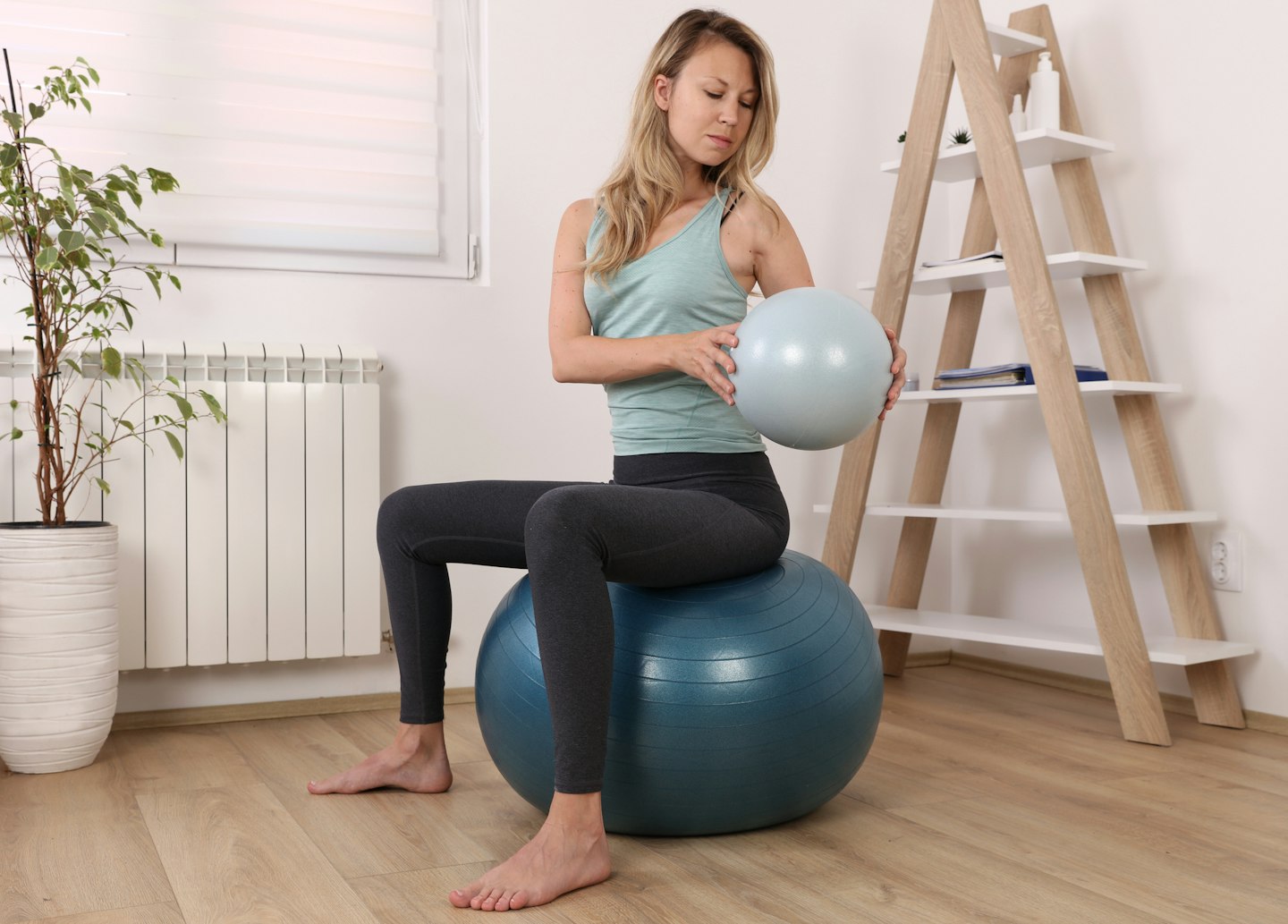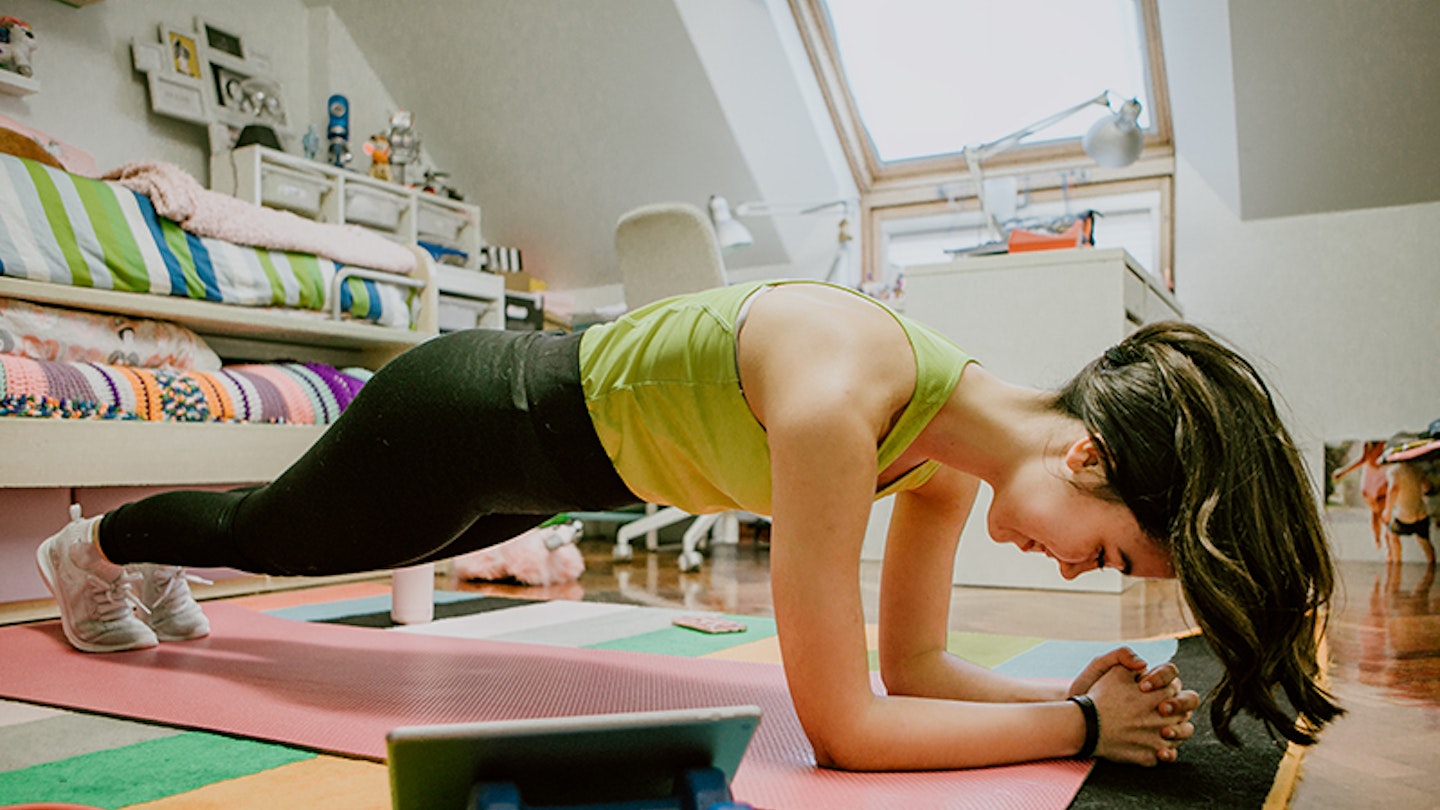If you've just had a baby, whether it's your first or fourth, you'll notice a significant change to the look and feel of your tummy. If you're looking for how to tone up your Mum Tum then we've got lots of advice to help you achieve this (and it doesn't all revolve around sit-ups).
We all refer to it as our 'Mum Tum' - and it's different for every mum. All our bodies are very different and change in very different ways during pregnancy and post birth. The most important thing is to not put any pressure on yourself after giving birth. We should all be proud of what our bodies have achieved - we are all Superwomen for growing and sustaining life in our bellies.
‘I train a lot of new mums,’ says A-list trainer James Duigan, author of Clean & Lean Flat Tummy Fast. ‘And it’s easier to lose your mum tum than you think.’
1. Take a fish oil supplement
‘It’s one of the first things I tell my new mum clients,’ says James. ‘They turn on your fat-burning hormones and switch off your fat storing ones.’ They’re particularly good at targeting the fat around your mid-section, which is where a lot of mums tend to store it.
Take three capsules a day, one with each meal. Try Wild Nutrition Pure Strength Omega 3.
2. Do your pelvic floor exercises

These moves act as an internal corset for your stomach, flattening it from the inside. Your pelvic floor muscles are the ones you’d use to stop yourself from peeing mid flow; but they do a lot more than that.
‘Visualise a hammock of muscles running from your public bone, back between your legs and into the bottom of your spine,’ says pregnancy fitness specialist Alison Merry.
You probably did pelvic floor exercises to prepare for giving birth; it's equally important to keep practising after baby has arrived.
Did you know you can buy a pelvic floor trainer? We recommend the Elvie Pelvic Floor.
Check out our guide to the best pelvic floor trainers to buy today.
3. Do the 'Stomach Vacuum'
Start on all fours with your back straight, arms slightly bent at the elbows. Relax your abdominals and take a big breath in so your belly extends towards the floor.
‘Slowly exhale and draw your belly button towards your spine, doing a pelvic floor exercise at the same time,’ says James. ‘Keep your back straight at all times. Once the air is all gone hold your belly towards your spine for five seconds.’
Repeat up to 20 times. This is a fantastic – yet gentle – move to tone your stomach.
4. Avoid sugar
Sugar converts straight to fat in your body and it’s stored right around your stomach and waist. As well as the usual culprits like biscuits and sweets, avoid breakfast bars, low-fat yoghurts and soft drinks.
5. Cut down on coffee

While it’s tempting to rely on coffee in the early weeks and months of motherhood, try your hardest to stick to two cups a day. Caffeine, if drunk excessively, encourages the stress hormone cortisol to be released into your body which in turn leads to fat storage around your waist and stomach.
So stick to one or two cups of coffee, or better still, three or four green teas which still contain caffeine but are also full of health-boosting antioxidants.
6. Try the 'Stomach Retraction'
‘This yoga-based exercise is superb for flattening your stomach and cinching in your waist,’ says expert Zana Morris, nutritionist and founder of The Library Gyms. It's really simple and all you need is a little area of space to give it a try.
7. Do lots of pram walks
Not only will your little one love getting a great view of the world from their comfy seat, but pram walking is a fantastic workout which can help strengthen and tone tum, as well as your whole body. Celebrity trainer, Lee Mullins from Bodyism, shares the most effective ways to walk with your pram here.
